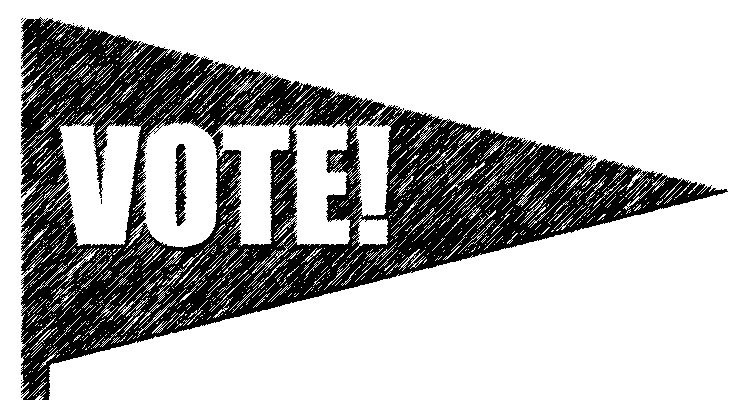
Eric McGhee and Boris Shor have revolutionized the way we measure redistricting, they now take on top-two voting. A new article, “New Political Science Research on Top-Two”, posted on Ballot Access News by Richard Winger had some analysis:
Political scientists Eric McGhee and Boris Shor have published “Has the Top Two Primary Elected More Moderates?” Anyone may read the 36-page paper at this link. The authors studied California and Washington, which are the only two states that use top-two (as they explain on page 6 and 16, Louisiana and Nebraska don’t have top-two systems).
They conclude that since top-two started in each state, California Democrats in the legislature have become more moderate, but California and Washington Republicans and Democrats in Congress have not; nor have Republicans in the legislatures of either state moderated. The paper suggests that a strong reason why California Democrats in the legislature have moderated is because of three other changes made almost simultaneously: (1) redistricting reform; (2) term limits were eased; (3) the California budget no longer takes a two-thirds majority in each house of the legislature. But the paper believes that top two has probably had some moderating effect on California legislative Democrats.
Page 27 says, “The results of these analyses suggest virtually no effect of the Top Two in Washington or for Republicans in California.” That page also says that because members of congress are not subject to term limits, whereas members of the California legislature are subject to term limits, therefore term limits is probably the main reason why the results are different for California Democratic legislators, versus California Democratic members of the U.S. House. Thanks to Rick Hasen for the link.
Here is the abstract from the paper:
Party polarization is perhaps the most significant political trend of the past several decades of American politics. Many observers have pinned hopes on institutional reforms to reinvigorate the political center. The Top Two primary is one of the most interesting and closely-watched of these reforms: a radically open primary system that removes much of the formal role for parties in the primary election and even allows for two candidates of the same party to face each other in the fall.
In this paper, we leverage the adoption of the Top Two in California and Washington to explore the reform’s effects on legislator behavior. We find an inconsistent effect since the reform was adopted in these two states. The evidence for post-reform moderation is stronger in California than in Washington, but some of this stronger effect appears to stem from a contemporaneous policy change—district lines drawn by an independent redistricting commission—while still more might have emerged from a change in term limits that was also adopted at the same time. The results validate some claims made by reformers, but question others, and their magnitude casts some doubt on the potential for institutions to reverse the polarization trend.
Here is some more on top-two voting systems from the supporting side thanks to the Independent Voter Project:
The Top-Two primary fundamentally changes the traditional approach to elections. Under a traditional primary system, whether the primary is “open,” “closed,” “semi-closed,” or any other iteration, the PURPOSE of the primary election is for political parties to choose which candidate best represents THEM.
Then, after the primary, voters participate in the general election and choose from the field of candidates predetermined by the political parties. Under a nonpartisan Top-Two system, instead of having separate primaries for each political party, there is one single primary. All candidates, voters, and political parties participate on the same ballot, and the rules are the same for everyone. Unlike a traditional system, the PURPOSE of the primary is to narrow the candidate field to the “top-two” candidates who best represent ALL OF US, regardless of the candidate or voter’s party affiliations.
Leave a Reply